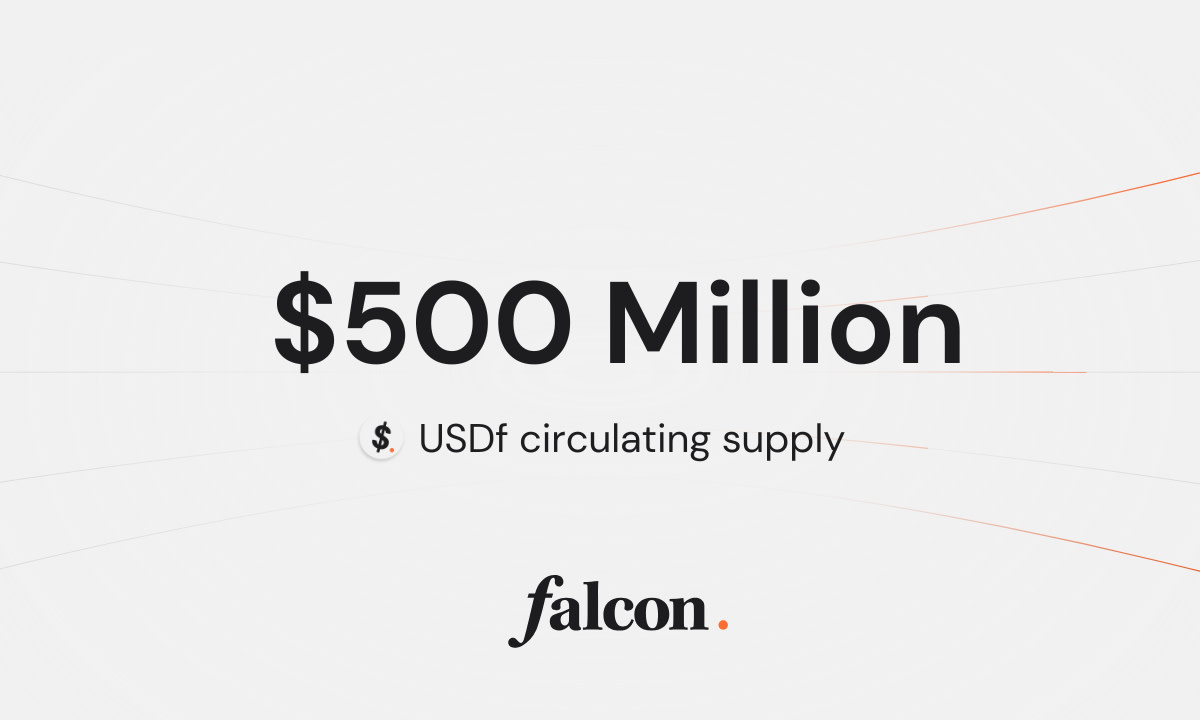Short Stories, Big Impact: How Simple Storytelling Can Boost Financial Literacy

In today's complex financial landscape, understanding basic financial concepts is more crucial than ever. Yet, many adults struggle with financial literacy, leading to poor decisions and long-term financial insecurity. But what if a simple, engaging solution could make a significant difference? A recent study suggests it can: storytelling.
Researchers have discovered that incorporating short, two-minute stories into financial education programs can dramatically improve adults' financial knowledge. This innovative approach moves away from traditional, often dry, lectures and complex charts, opting instead for relatable narratives that resonate with learners on an emotional level.
The Power of Narrative in Financial Education
The study focused on a program that utilized these concise stories to explain key financial topics like budgeting, saving, debt management, and investing. The stories weren't designed to be elaborate epics; rather, they were carefully crafted to illustrate core principles in a clear and memorable way. For example, a story about a young couple saving for a down payment on a house could demonstrate the power of compound interest and the importance of setting financial goals.
The results were compelling. Participants who engaged with the storytelling program showed a marked improvement in their financial knowledge compared to a control group. This suggests that the human brain is wired to remember and process information better when it's presented within a narrative framework. The emotional connection fostered by stories makes the information more relatable and easier to retain.
Why Storytelling Works
- Increased Engagement: Stories capture attention and hold it longer than traditional methods.
- Improved Retention: Narratives help to cement information in memory.
- Emotional Connection: Stories tap into emotions, making concepts more relatable and impactful.
- Simplified Complexity: Stories can break down complex financial topics into easily digestible chunks.
A Practical and Scalable Solution
What's particularly exciting about this approach is its practicality and scalability. Two-minute stories are easy to create and implement, requiring minimal resources. This makes it a viable option for a wide range of organizations, including community centers, schools, and financial institutions. It can also be easily adapted for online learning platforms, reaching a broader audience.
The study’s findings offer a promising avenue for improving financial literacy across communities. By leveraging the power of storytelling, we can make financial education more accessible, engaging, and effective, empowering individuals to make informed decisions and build a more secure financial future. The simplicity of the method, coupled with its demonstrable impact, positions storytelling as a valuable tool in the fight against financial illiteracy.
Moving forward, researchers plan to explore the optimal length and structure of these stories, as well as the types of narratives that are most effective for different demographics. The potential for further refinement and expansion of this approach is significant, offering a ray of hope in the ongoing effort to improve financial well-being for all.






